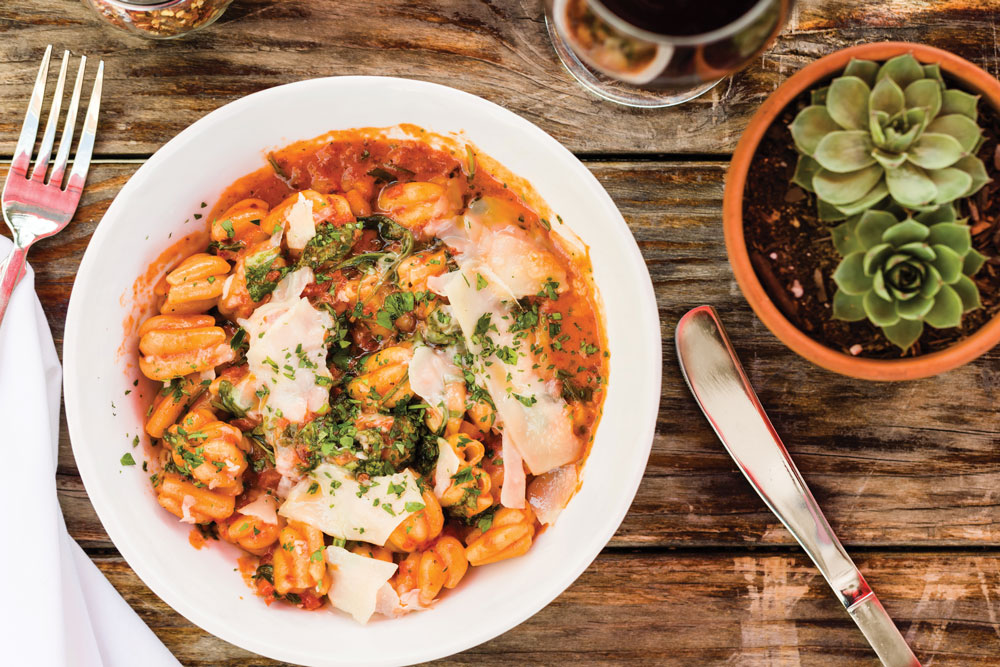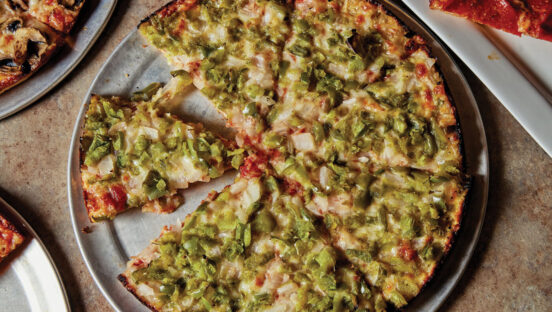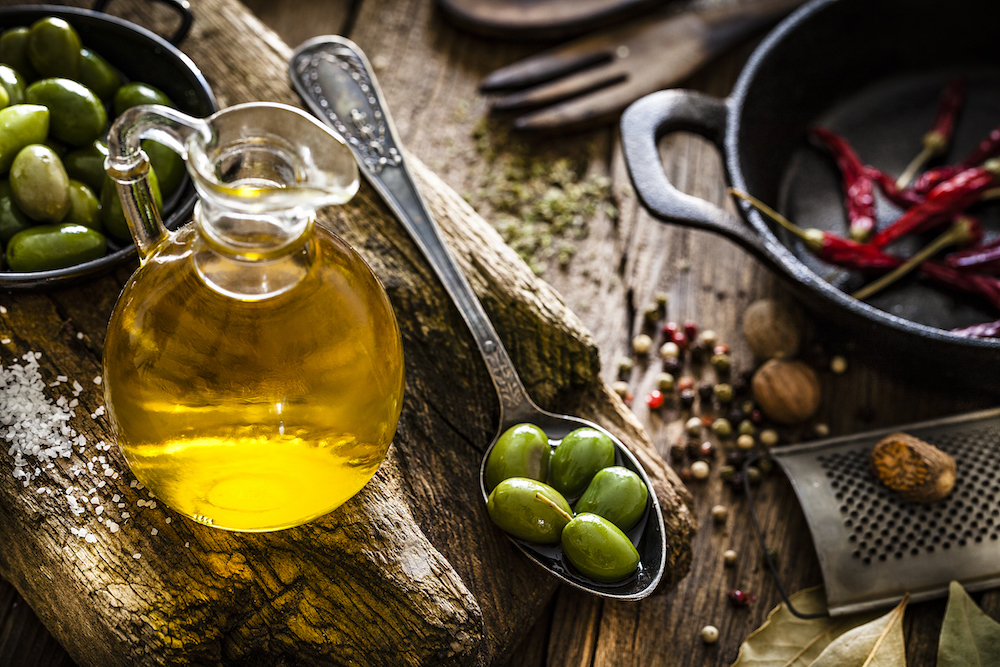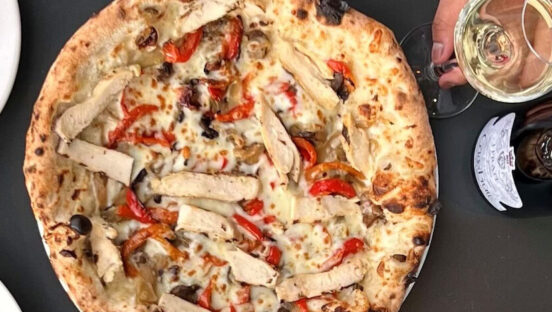Pasta is a quintessential comfort food—versatile, hearty and loved the world over—as well as a natural profit maker for pizzerias. But while time-tested standards like spaghetti Bolognese and penne primavera may remain perennial favorites, pasta selections (like everything else) have evolved beyond the basics. Today’s customers seek new flavor combinations, seasonally inspired ingredients, and options for gluten-free or vegan diets.
Indeed, offering the same dishes found at every pizzeria and trattoria in town is a surefire way to make your pasta menu resemble a relic of the past. Savvy operators are spicing up their pastas—and standing out from the crowd—with outside-the-box sauces and ingredients, fresh recipes and smart marketing. Here, they share their tips for ramping up those pasta profits and making sure your menu creates lasting memories for guests.
— Thomas Schiano, Mama’s Café Baci
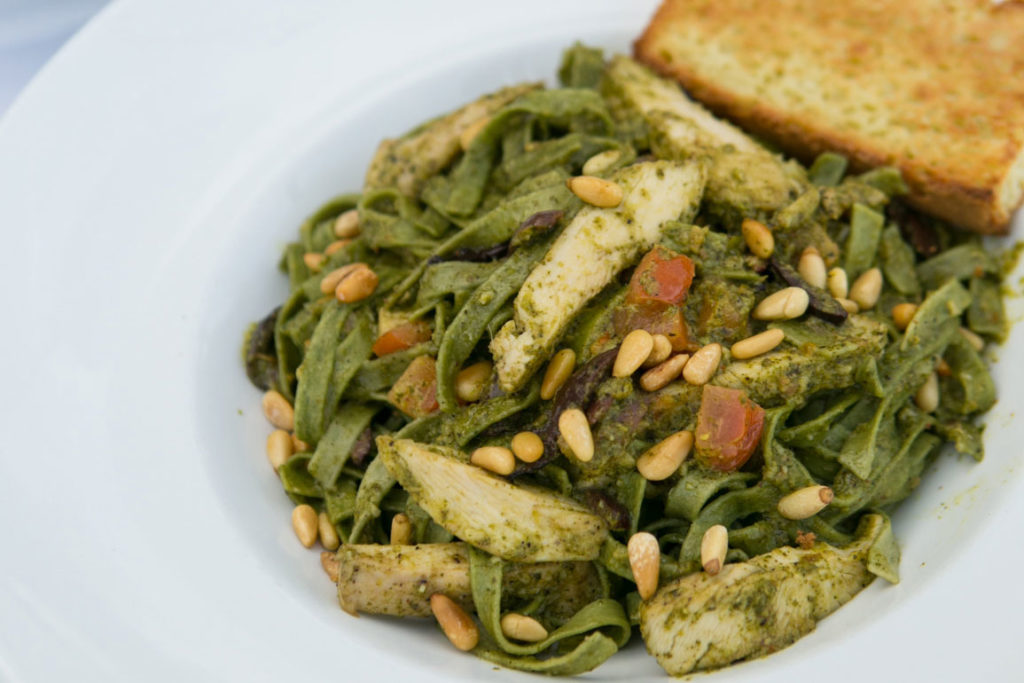
Creative Combos
Pasta, like pizza, offers a blank slate for chefs, with endless creative possibilities. There has long been a wide variety of shapes on offer, but now manufacturers have also crafted many alternative types of pastas, from red lentil and black bean to quinoa and corn. And don’t forget the veggie “pasta” explosion in recent years, replacing traditional noodles with spaghetti-like strips of zucchini or squash.
Thomas Schiano, owner of Mama’s Cafe Baci in Hackettstown, New Jersey, follows both customers’ cravings and larger trends to craft the perfect recipes. But he’s found impressive success with a unique concept of Duets—two pastas paired to play off each other, giving guests a taste of creative combinations they may not have tried otherwise. “It can be hard to convince a guest to try a new pasta dish,” he says. “They might not want to commit. So, for the last year, we’ve offered Duets, presented as ‘two tastes, one entree.’”
The Duets menu often pairs a unique item with a more familiar option, like Pear & Gorgonzola pasta complemented by Chicken Di Sarronno, served with eggplant, prosciutto and fresh mozzarella. Traditional Aglio Olio pairs with Chicken Fresco, topped with bruschetta over baby greens—a light selection for summer. With 16 items on the Duets menu, plus 12 a la carte pastas, Mama’s Cafe Baci offers something for everyone. And though the Duets are already perfectly paired, they can be interchanged upon request. “Each pasta is designed to pair well with any of the others, and guests are more likely to try something new when it’s teamed up with an old favorite,” Schiano says. “Then, maybe when they next come in, they’ll order the entire dish of the new flavor they liked last time.”
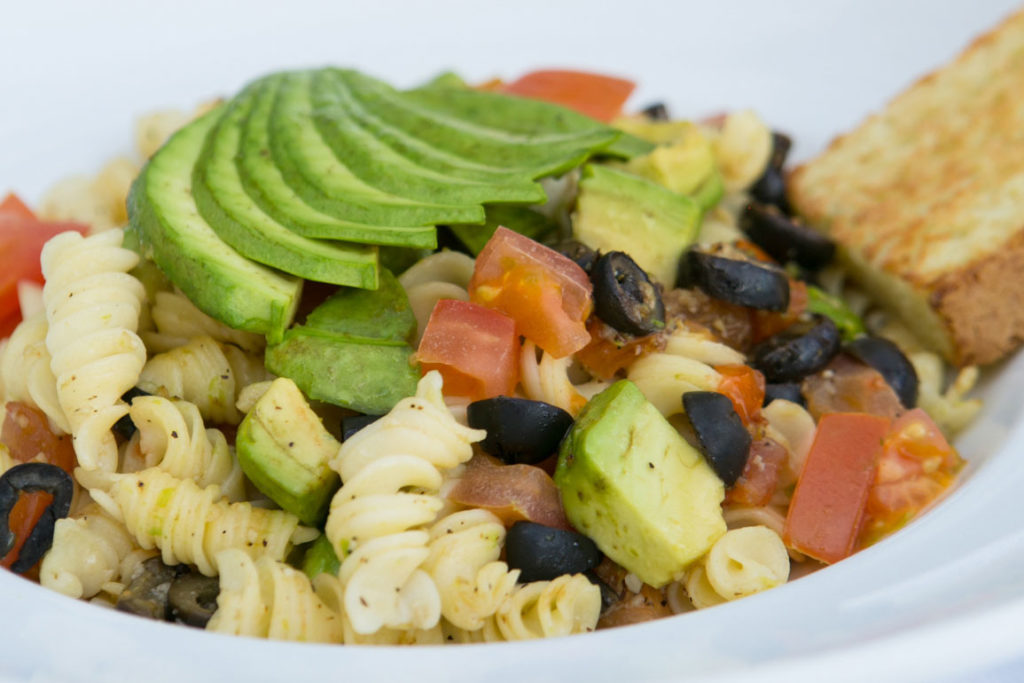
Meanwhile, other operators go the homemade route to set themselves apart. Katie Collier, co-owner of Katie’s Pizza & Pasta Osteria in St. Louis, notes that her operation extrudes all of its fresh pastas in-house, made from scratch using different flours like semolina and durum and focusing on unique shapes, such as the flower-like Fiori. “We also make a black spaghetti with squid ink and dye other pastas with vegetables like arugula to give them a bright, beautiful color,” Collier adds. “We get really creative with it, leading to a fun experience for the guest.”
Collier currently offers eight options—all featuring seasonal, fresh, local ingredients, but only a few in each dish, to let the pasta and add-ins truly shine. The pastas often take an upscale twist on old favorites. For example, the Black Spaghetti, served with a lemon butter sauce, chili flakes, prawns, clams and scallops and topped with salmon roe for an eye-catching, colorful garnish, pays homage to the traditional Frutti di Mare. “We do incredible business with the pastas, and we also sell them by the pound,” Collier says. “People love fresh pasta, and they love unique, fun things. Food has to tell a story or be exciting to make those great memories.”
— Katie Collier, Katie’s Pizza and Pasta Osteria
The Menu Mix
When creating a memorable menu, working seasonally requires switching up your offerings now and again—another way to keep things exciting for regular customers and lure in new faces with limited-time options. For example, Collier changes her pasta menu seasonally but also adds a “hyperseasonal special” pasta every two weeks—working with specialty items that have a small purchasing window, like green almonds, morel mushrooms or rhubarb. “Showcasing something for a short period of time gets people excited to come in,” she notes.
Schiano, too, takes a similar approach to his pasta menu, often incorporating slight tweaks to suit the season—think farfalle in a lighter sauce for summer, versus a pumpkin or butternut squash pasta for winter. A creamy pesto sauce in the colder months might be replaced by a citrusy lemon pesto when temperatures rise. “For the holidays, people love the colors of the season—like sundried tomatoes and green peppers,” Schiano says. “It’s our goal to create pastas that are exciting and hit the heart but also aren’t heavy. The old baked ziti or pasta with meatballs aren’t popular with the younger crowd. People in their 20s and 30s are eating in a savvier way. Years ago, ravioli was cheese or meat; now we have a spinach ravioli in a white champagne sauce. It’s safe, yet a little funky.”
Smart menu placement helps sell the Duets, which now make up an impressive 30% of sales; they’re prominently featured on the right side of the menu, where the eye naturally travels. On the left side, a half-page calls out Guest Favorites. Using his POS system to generate the most popular items from the last couple of weeks, Schiano creates a menu within the menu. And, with so many options already available, he shuns traditional specials, instead highlighting a certain Duet to avoid overwhelming guests. He even uses pastas to promote other items. “I’m growing chocolate mint for summer, and we’ll add it as a garnish to a light pasta,” Schiano says. “You bring it to people’s attention and tell them to try it at the end. Believe it or not, that slight chocolaty taste actually increases dessert sales!”
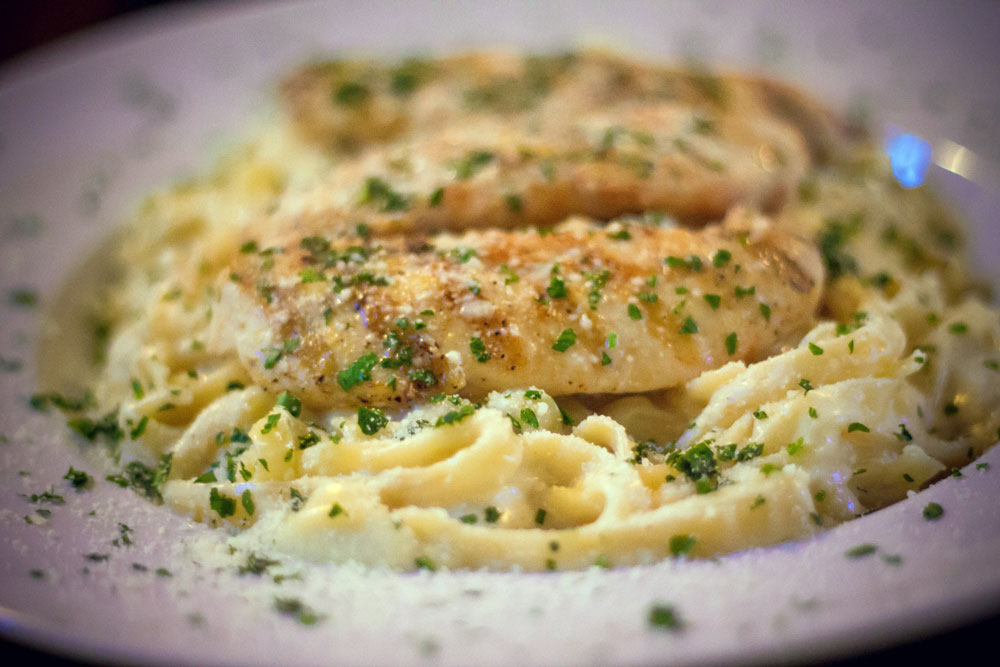
Working the Crowd
Once you have a winning menu in place, it’s crucial to spread the word—both on social media and in the pizzeria. For example, Collier taps Instagram, Facebook and Twitter to highlight her pasta dishes. “We take really beautiful pictures and share information on the cooking process, the experience and the ingredients in our posts,” she says. “We call out the local producers, because the more information you can give people—like fun facts on ingredients they may not have heard about before—the more comfortable and excited they feel. People love it!”
Another surefire way to win the hearts of customers—and generate word-of-mouth: Cater to their dietary needs. Mama’s Cafe Baci remains one of the top-rated restaurants in New Jersey for its gluten-free selections, including pastas. “We give everyone, whether it’s a life choice like vegan or vegetarian or a dietary need like gluten-free, their own menu,” Schiano says. “When people come in, the first thing we ask is, ‘Is anyone in your party gluten-free, vegan or vegetarian?’”
Schiano says it’s important to educate those who don’t have dietary restrictions about these menu options, so they can tell friends and family who do. Meanwhile, Schiano uses a text marketing program to reach 3,000-plus members, always highlighting a pasta.
Collier, too, ensures that her menu offers something for every dietary requirement. Hence, all pastas are available with a gluten-free spaghetti purchased from a supplier to prevent cross-contamination. “You definitely want a balanced, well-rounded menu—veggies, meat, seafood,” she says. “Make it fun, but keep it simple. You don’t want your pasta menu so simple that it’s not inspiring, but you also don’t want it so crazy that it’s overwhelming for your cooks to prepare or for the guests to understand. Finding that balance between fun and simple is the best approach—and, of course, make sure it tastes good!”
Tracy Morin is PMQ’s senior copy editor.



